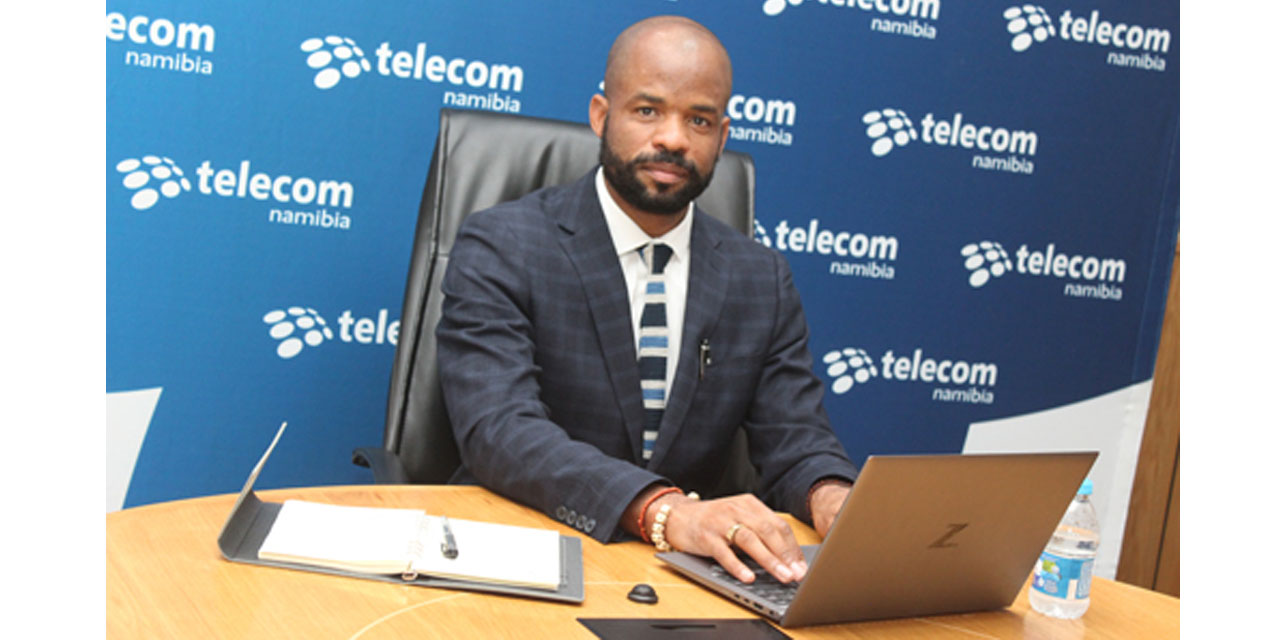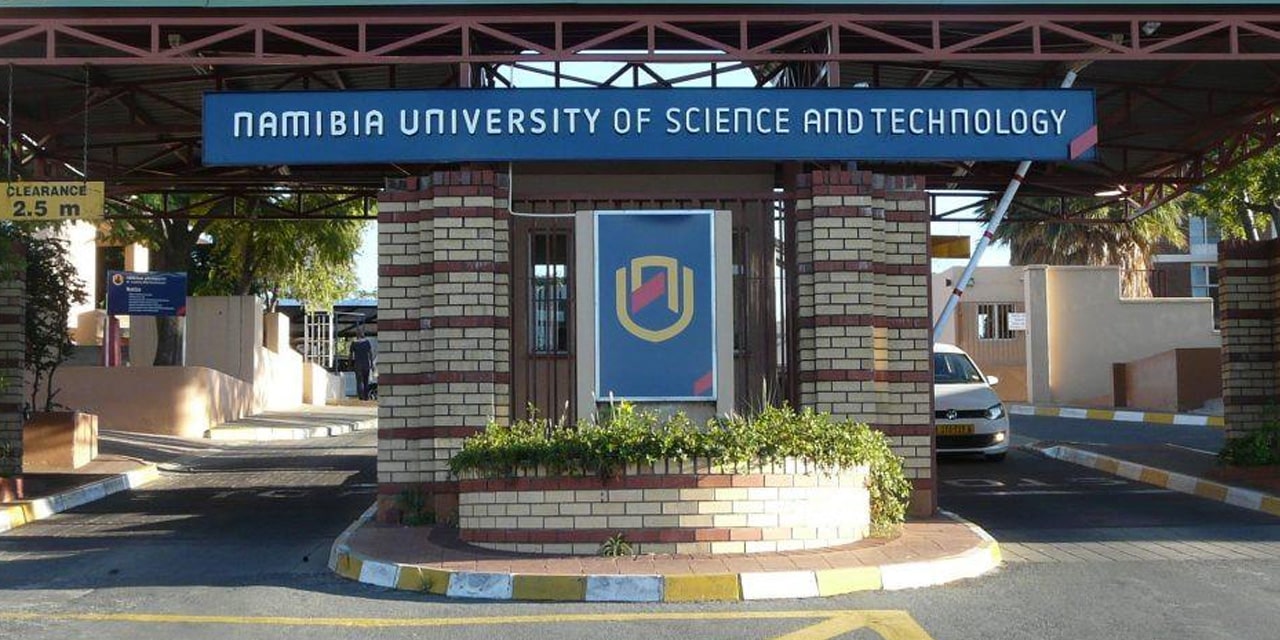Staff Writer
Telecom Namibia plans to invest over N$2,3 billion in the next five years to modernise its national network, both fixed and mobile, starting from the national backbone to the core network and the access technologies.
This comes after the World Bank Group Private Sector Diagnostic report emphasised the urgent need for Namibia to promote and invest in digital infrastructure as this will enable digital transformation, which in turn would lead to the adoption of digital processes.
According to Telecom Namibia, Chief Executive Officer Stanley Shanapinda they couldn’t agree more with the World Bank Group that digital transformation will bring about major economic developments.
He said that is why they have adopted network modernisation and digital infrastructure investment as a key strategic objective in the current Integrated Strategic Business and Funding Plans and Beyond.
‘’Under our ‘ISBP 2023 & Beyond’ plan, we are embarking on a digital transformation journey that will help enable Namibia’s Vision 2030, 4IR, NDP 5, HPPII national goals. The first investment of about USD5 million that we realised is the co-landing of the Google Equiano submarine cable, in partnership with the private company Paratus, also allowing for the sharing of infrastructure as envisaged under HPPII,’’ he said.
The Equiano cable landed in Swakopmund on the 1st of July 2022 and will provide the country with the projected capacity of 4Tbps (4,000Gbps).
This is the second submarine cable landing in Namibia, the first one being the West Africa Cable System (WACS) that landed in February 2011, eleven years earlier.
Shanapinda said these cables address Namibia’s international connectivity needs and gears Namibia towards 4IR, a revolution that will be driven by intense data-driven needs.
‘’We are positioning Namibia as a regional ICT hub for landlocked African countries such as Botswana (via Buitepos), Zambia (via Ngoma and Sesheke), Malawi, and the DRC. This is in line with our projected capacity demands to enable digital transformation in sectors such as logistics and trade,’’ he said.
Shanapinda said ‘’to improve on mobile data adoption rates, via our subsidiary Powercom, in 2021/22 we deployed new and upgraded 3G and 4G TN mobile sites in rural and urban areas alike’’.
Furthermore, the report highlighted that Fibre rollout and uptake is slow, with 2.5 subscriptions per 100 people; digital adoption rates are much lower than in peer countries; and the challenge for private businesses to access stable and reliable electricity.
In response, the CEO noted that the company to date has invested over N$148 million deploying fibre in efforts to accelerate the uptake of fibre broadband solutions and help to improve digital adoption rates.‘’The next part of our Capex plan is to accelerate the roll out of fibre to pass and connect thousands of homes, thereby improving the coverage of our existing 10,676 km (65.2% of the national coverage) national fibre backbone. We aim to connect more homes and businesses, with packages that start at 4Mbps and up to 50Mbps. The packages can even go up to 300 Mbps. In December 2021 we automatically upgraded our customers with double the capacity, at no extra costs,’’ he said.




